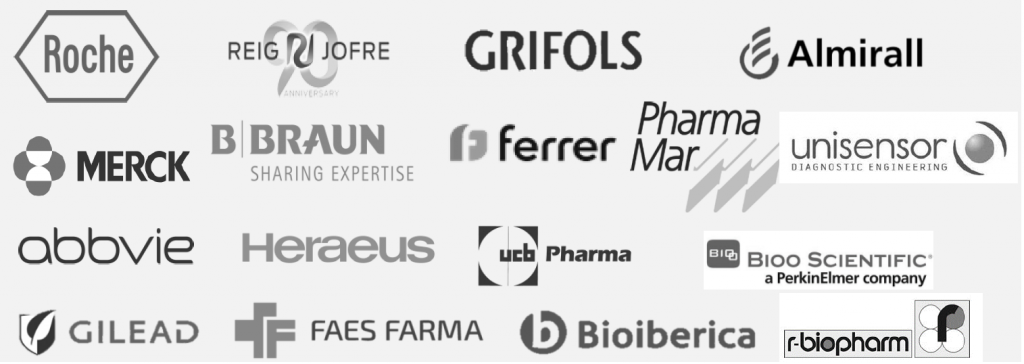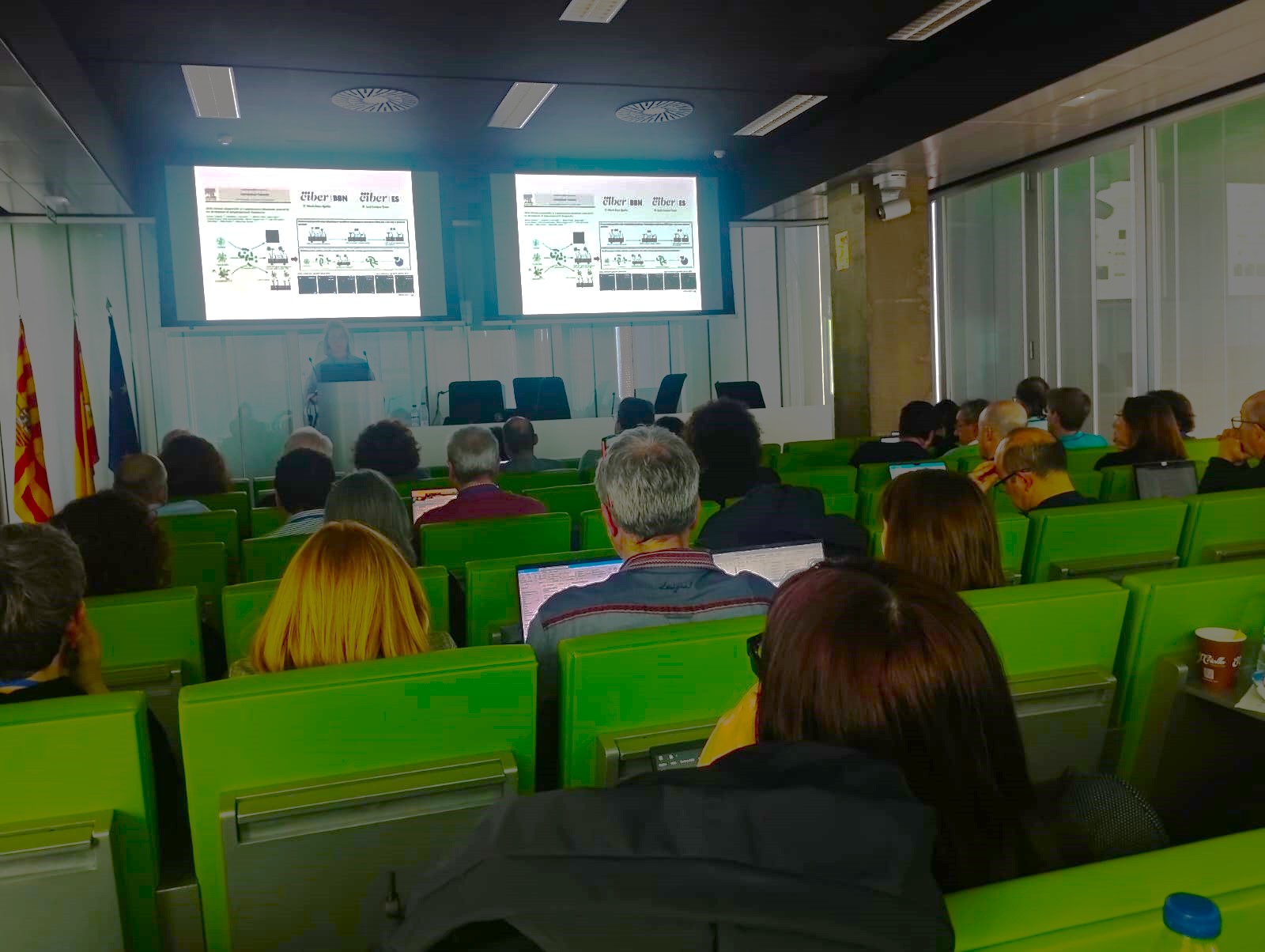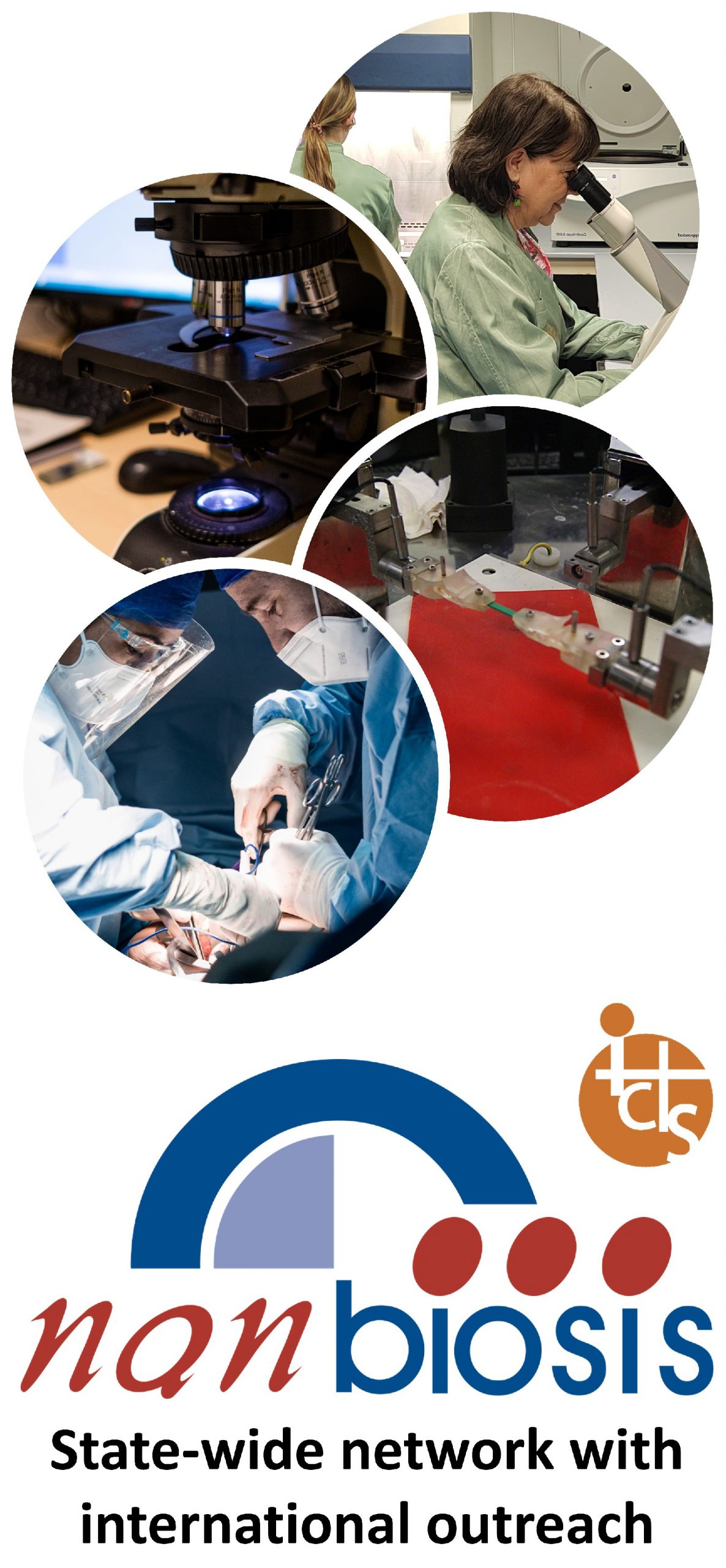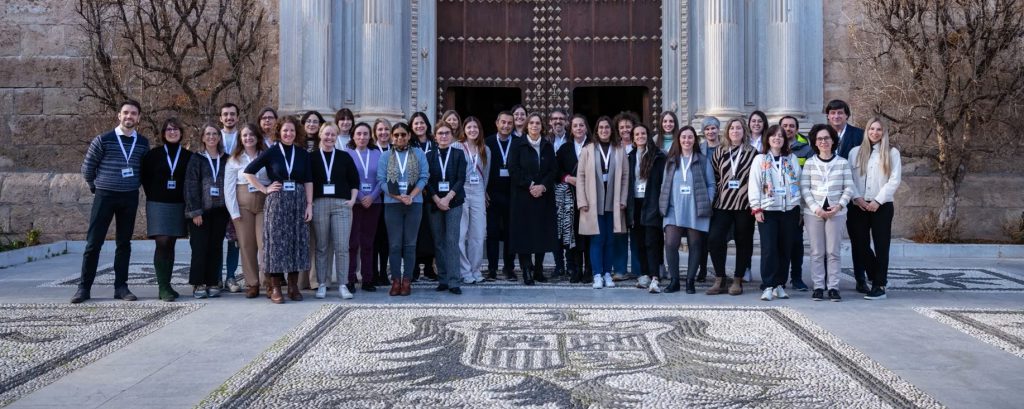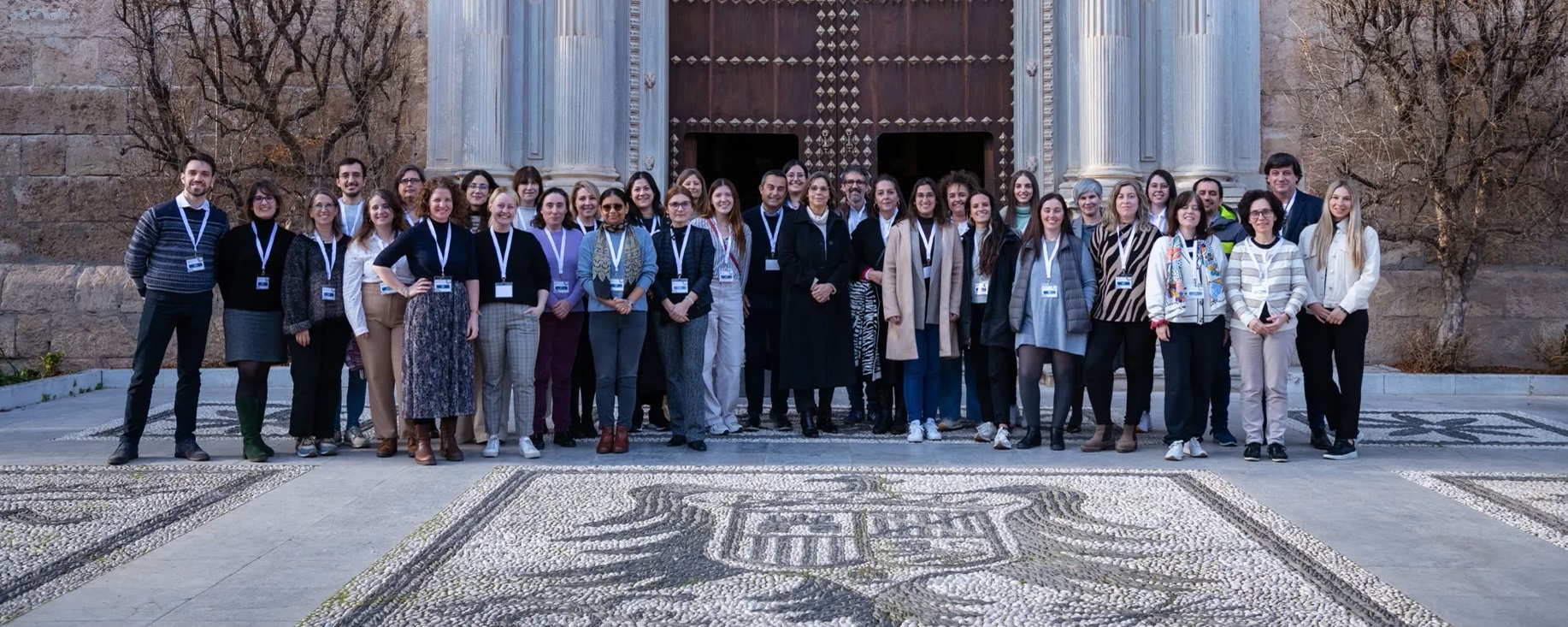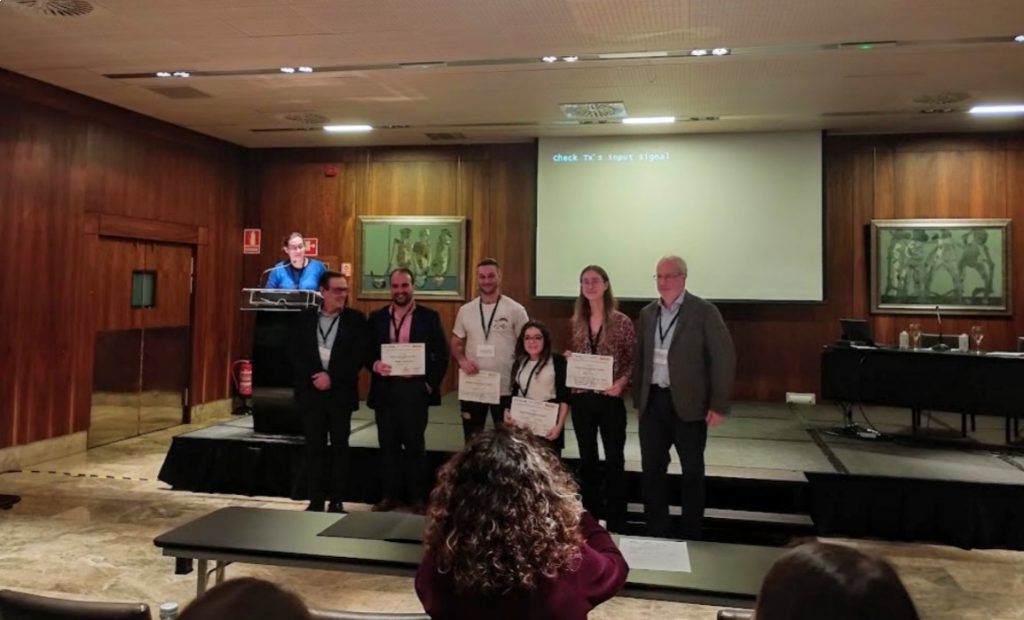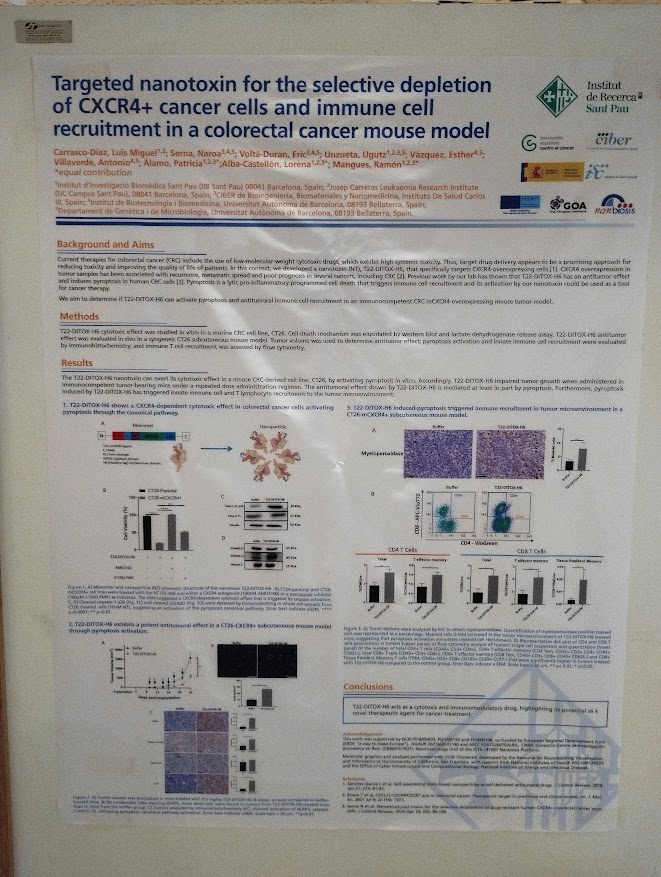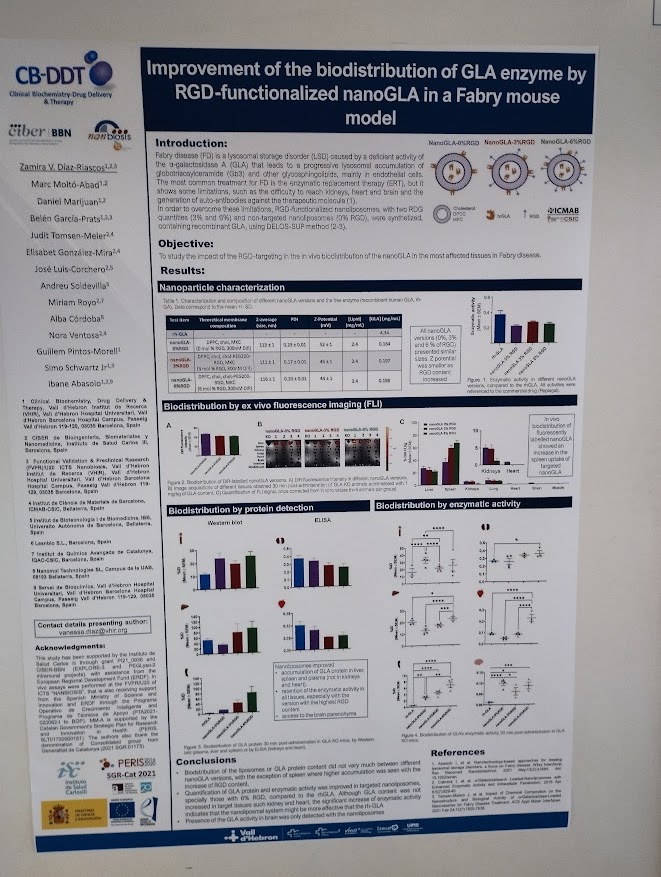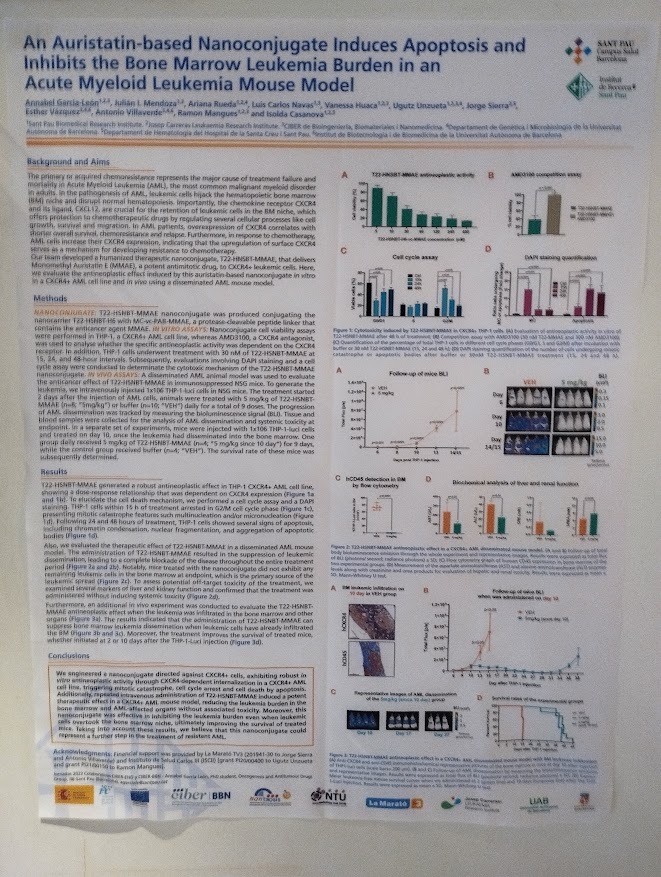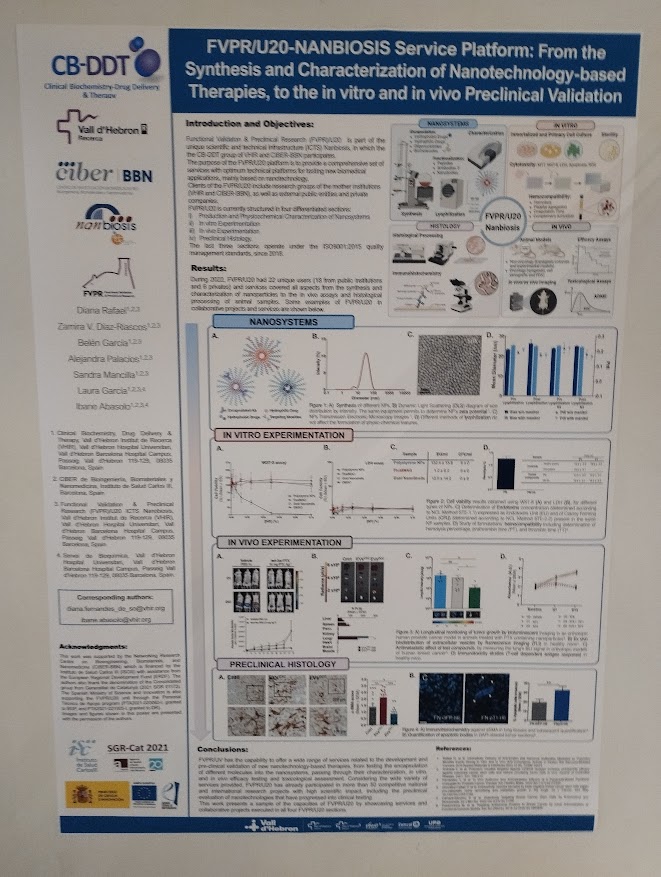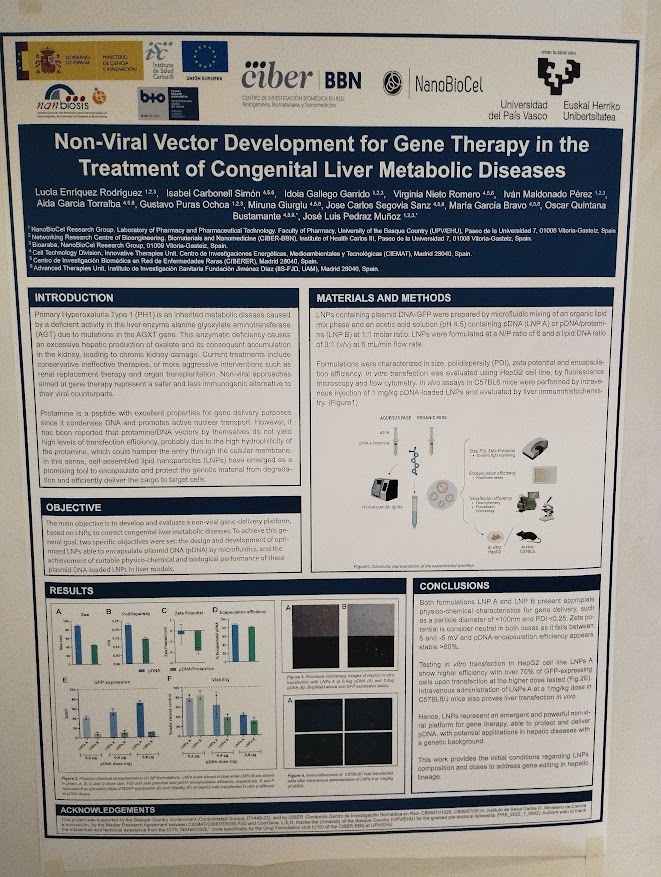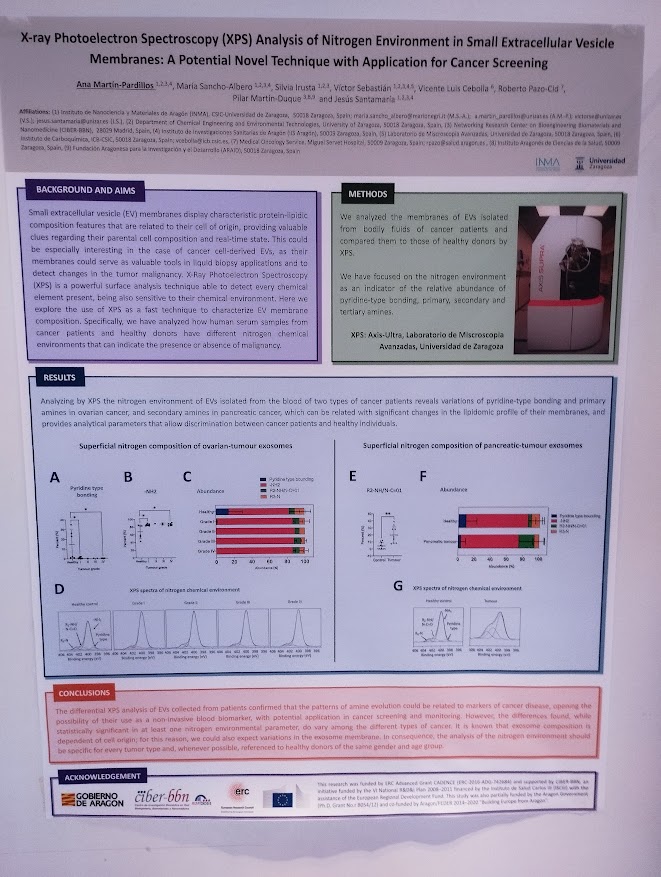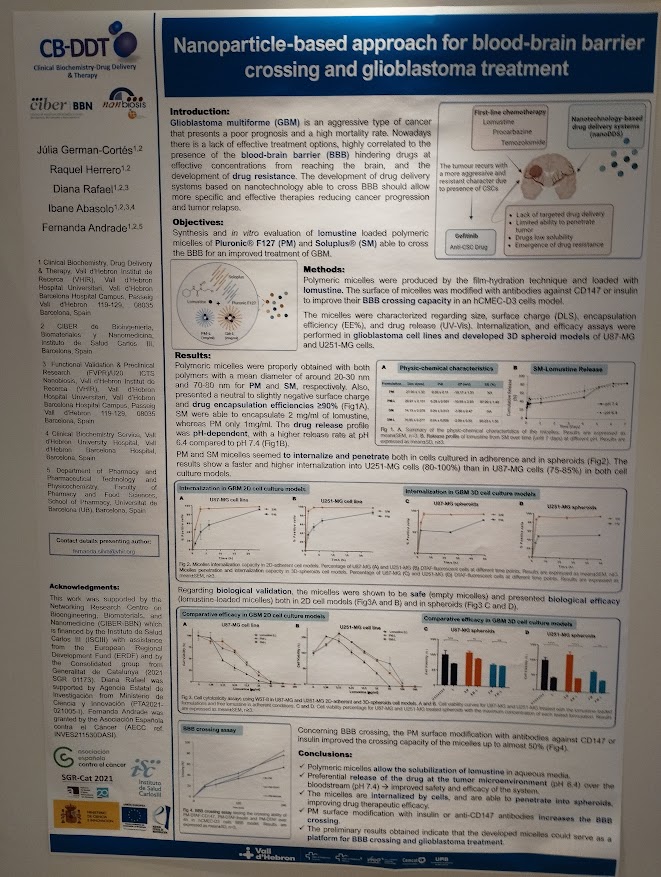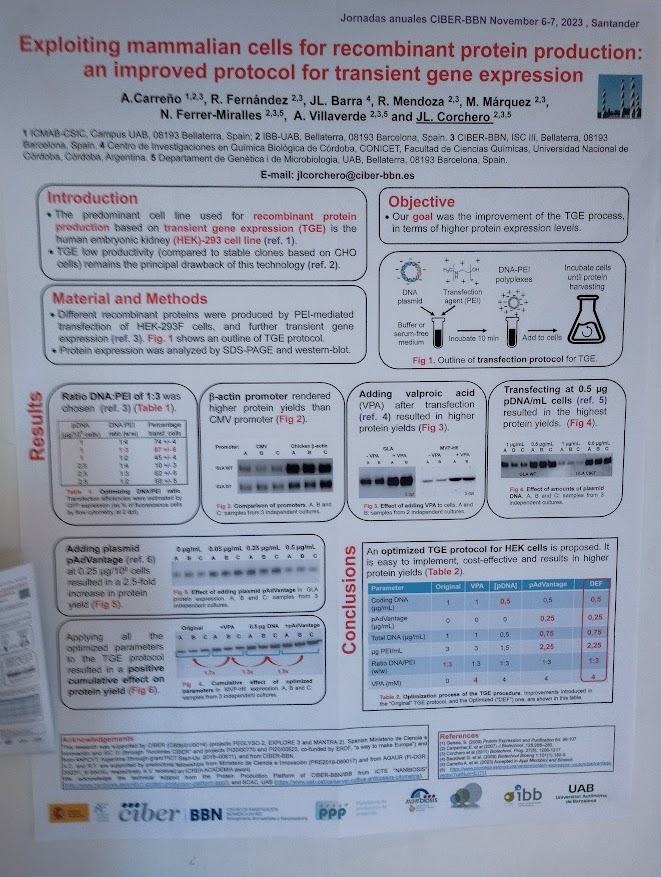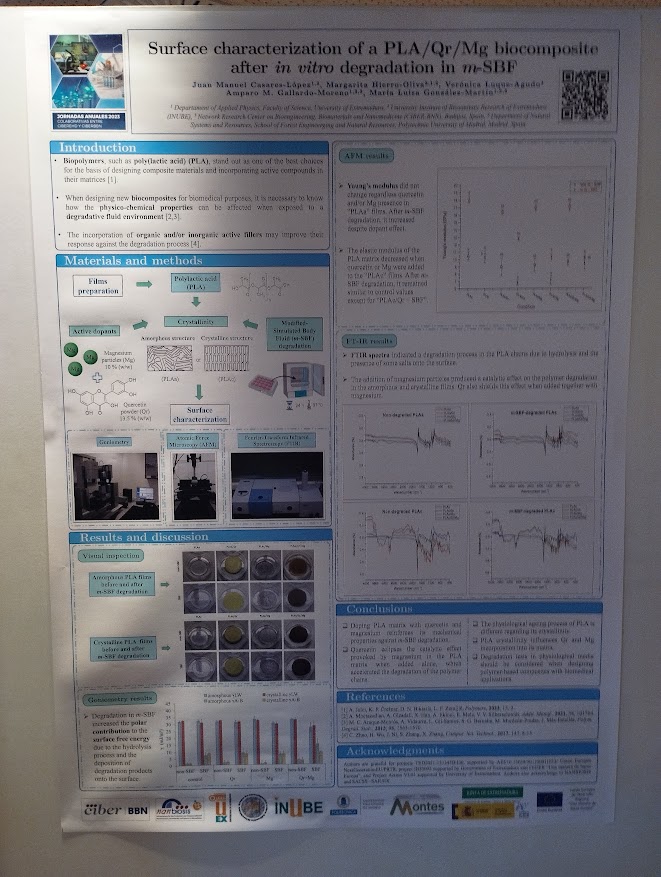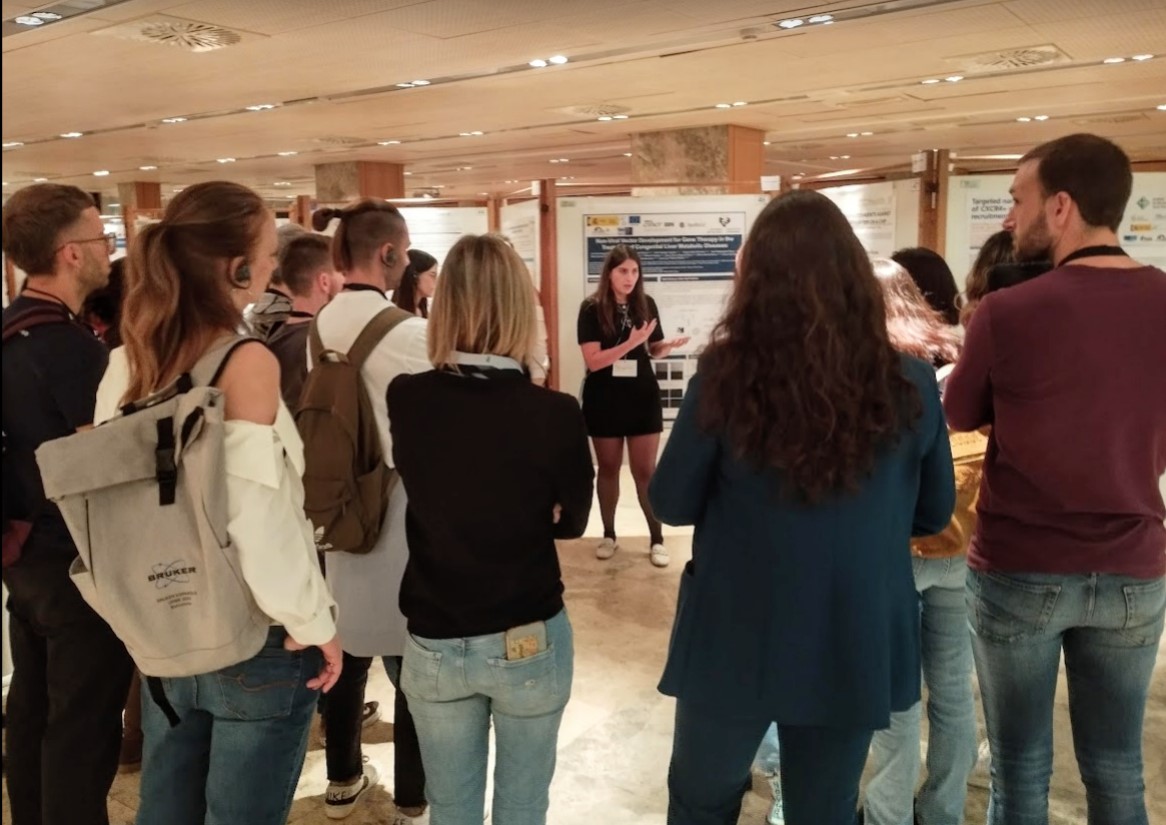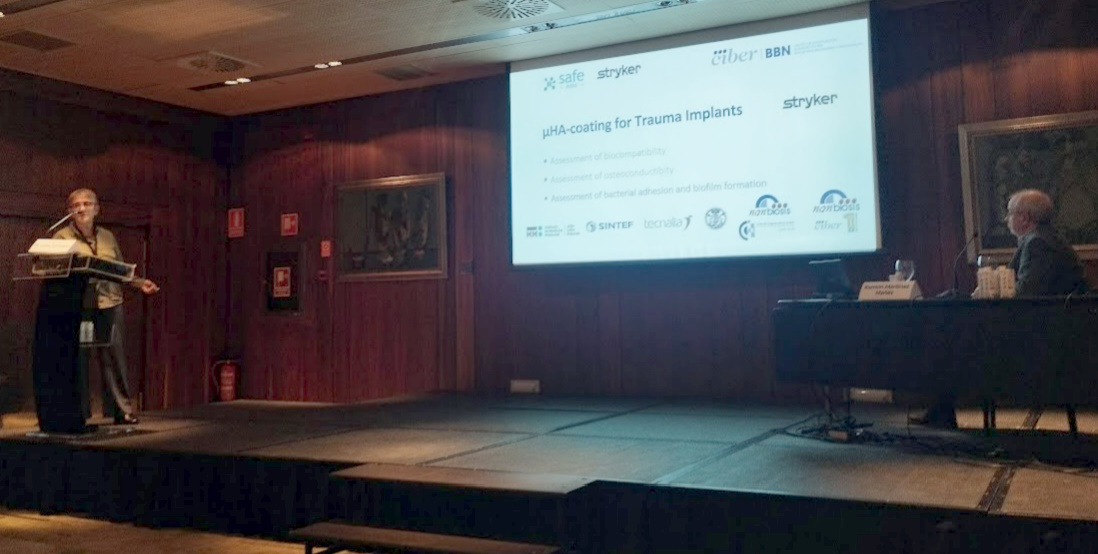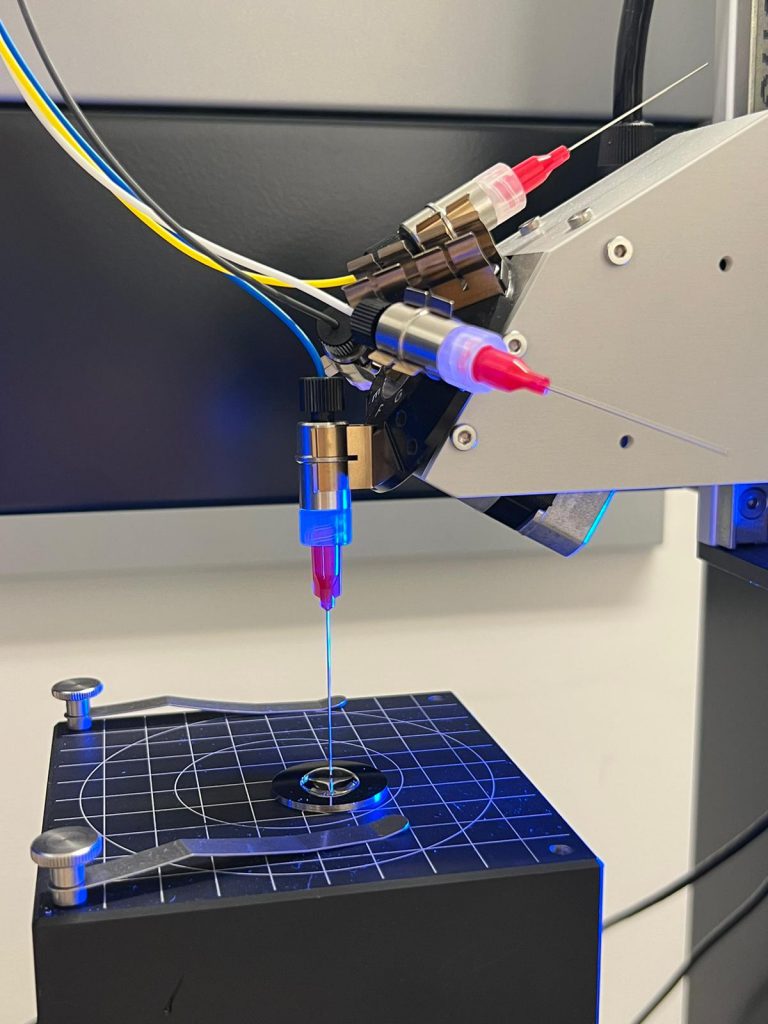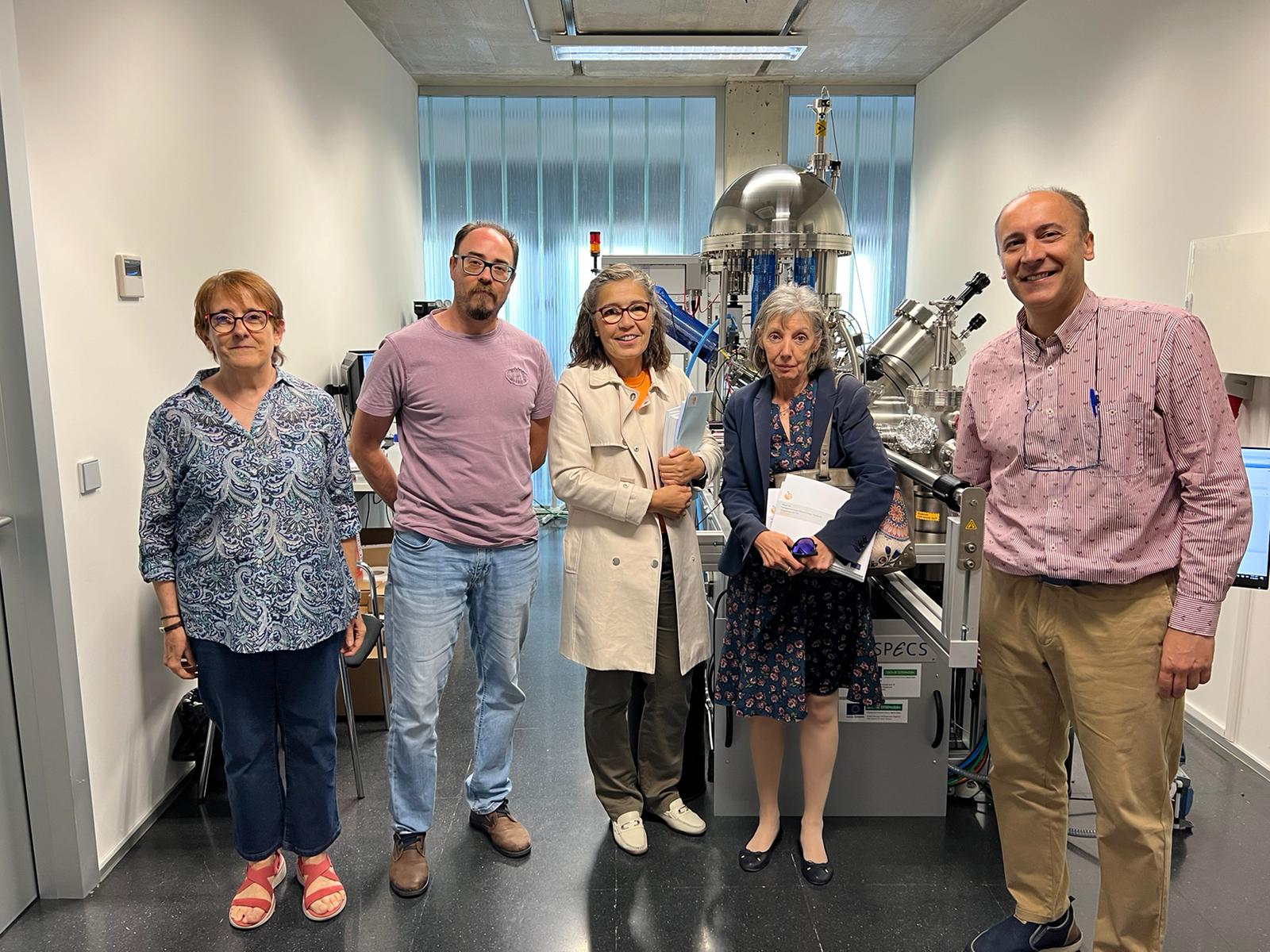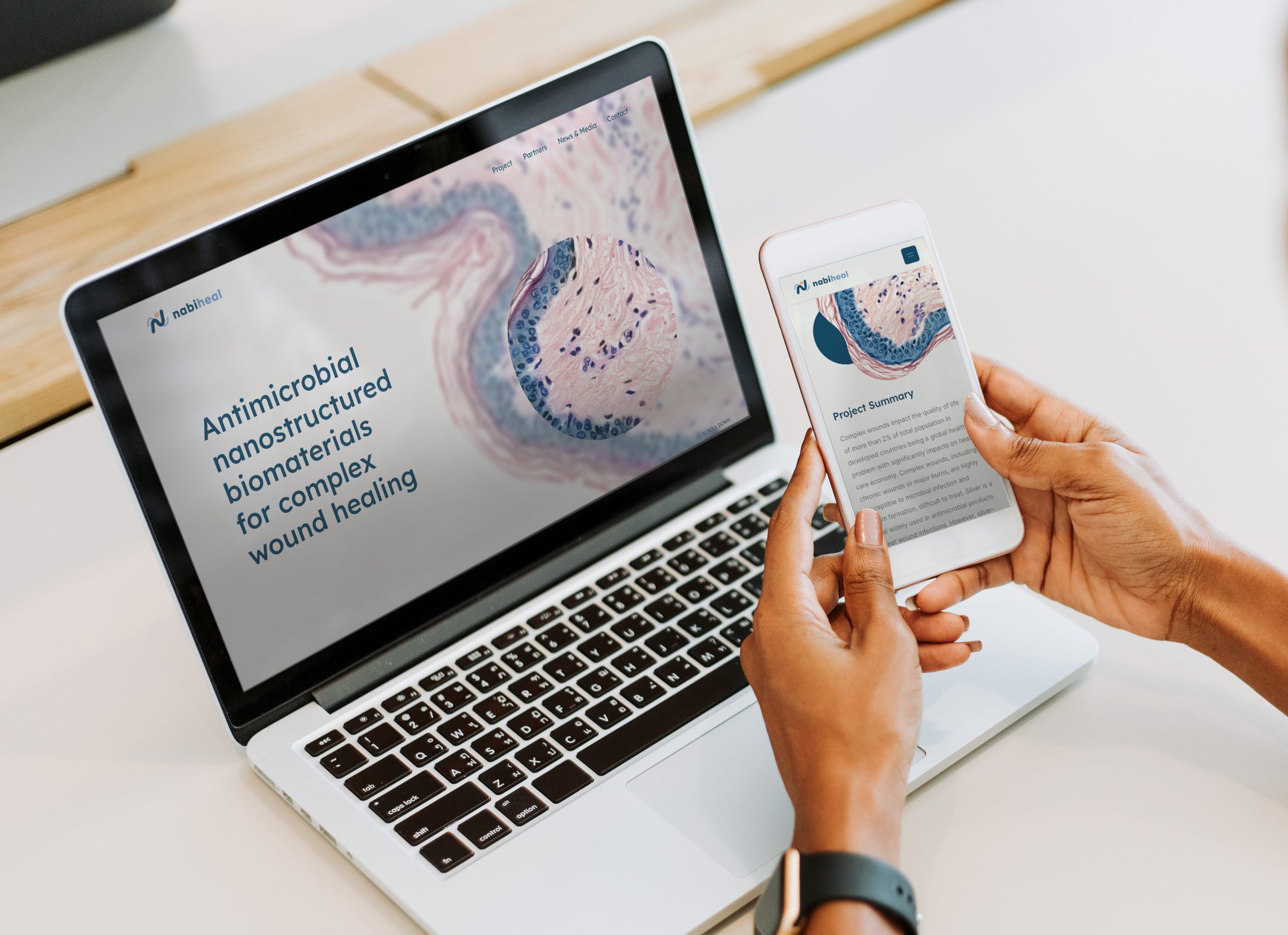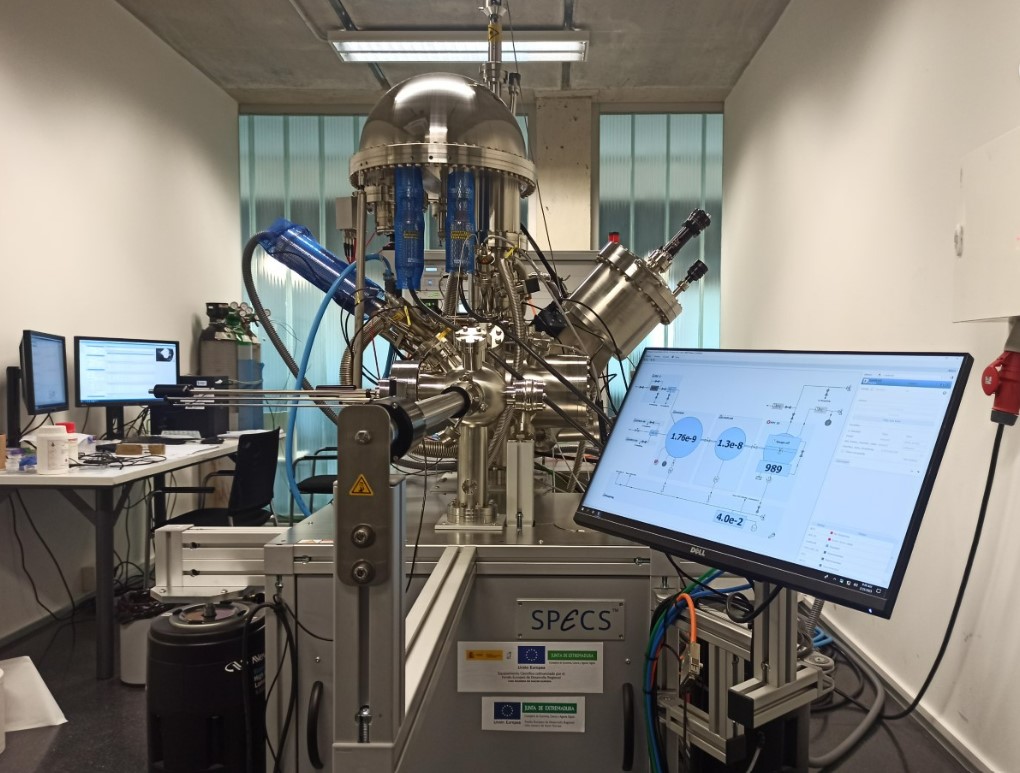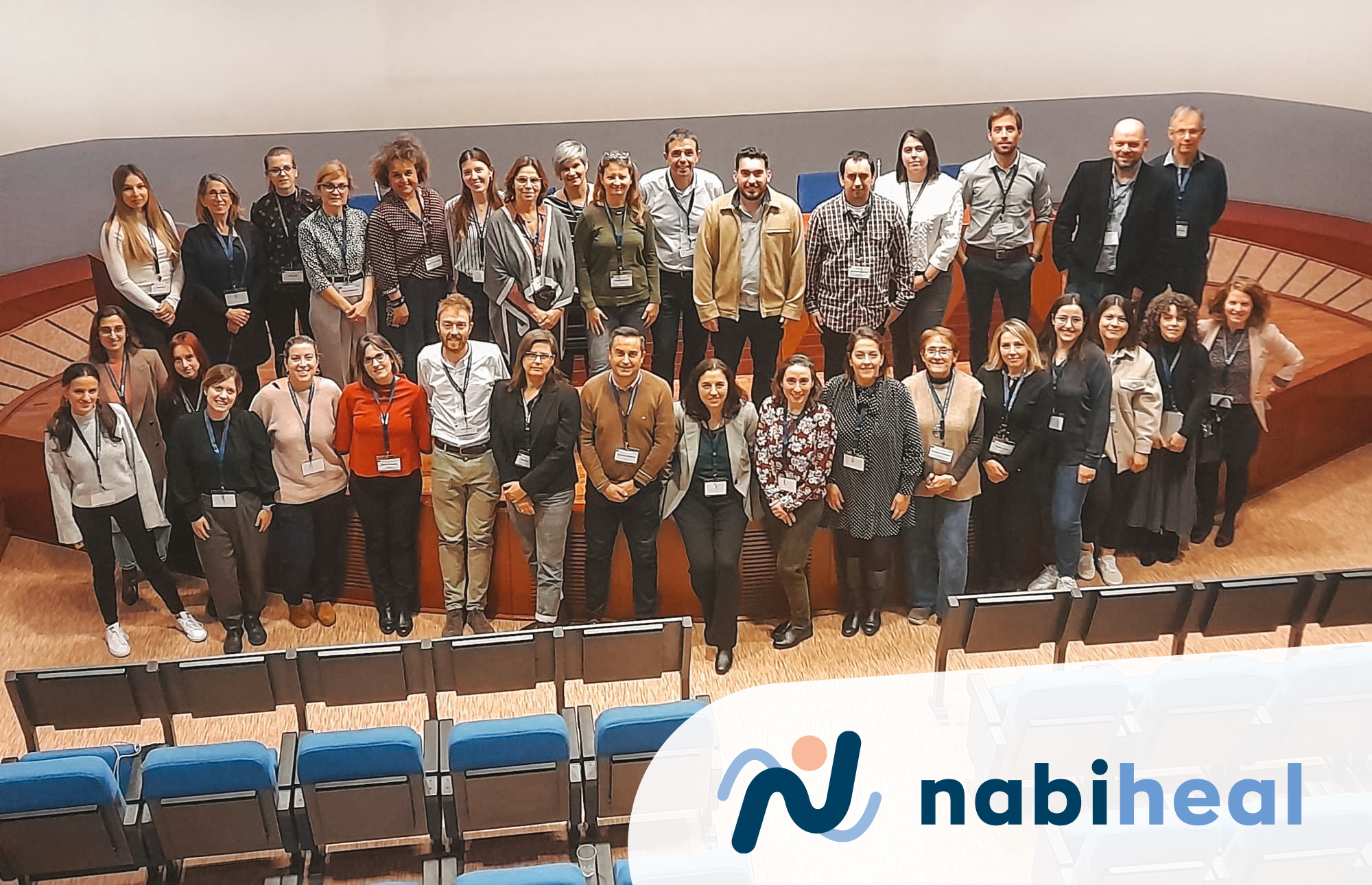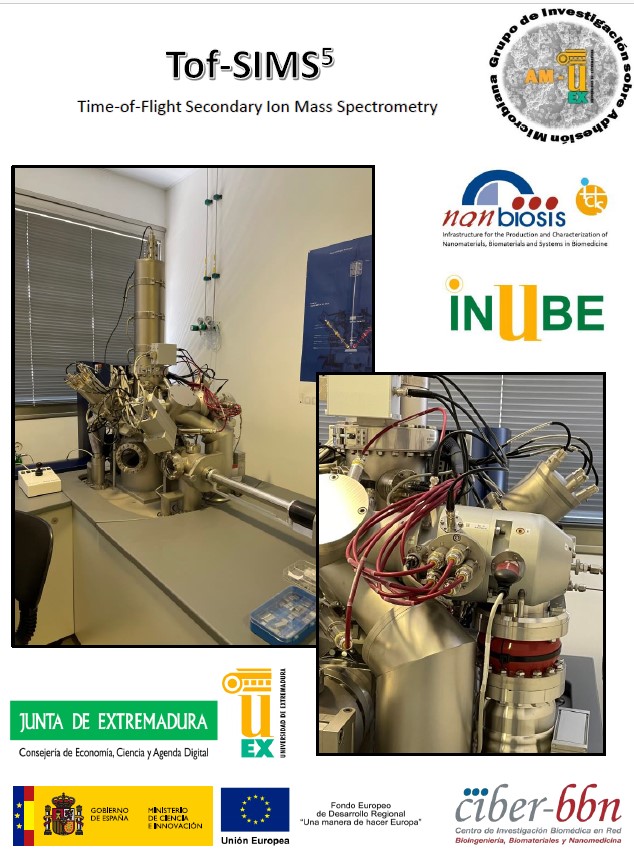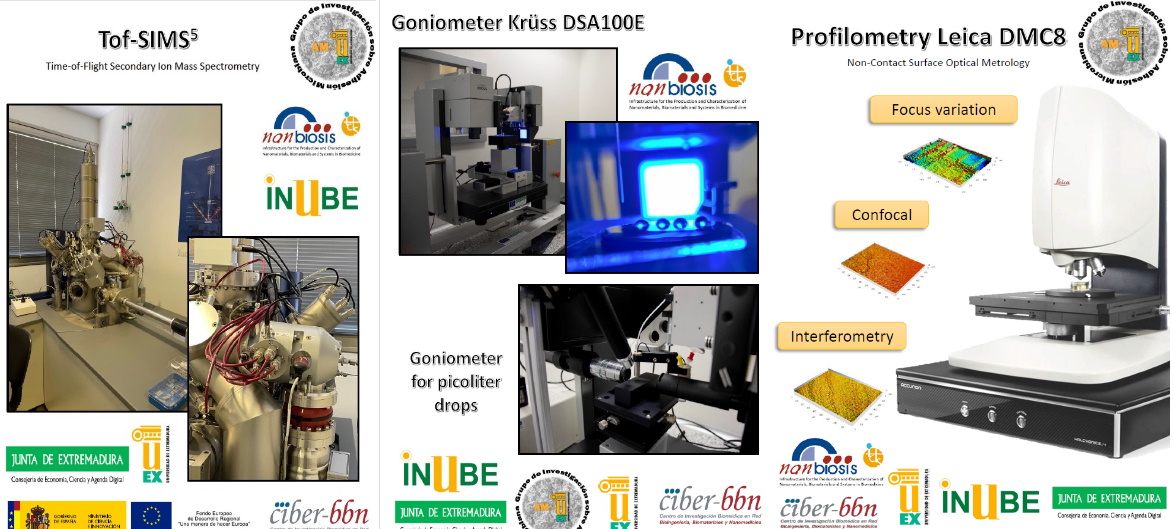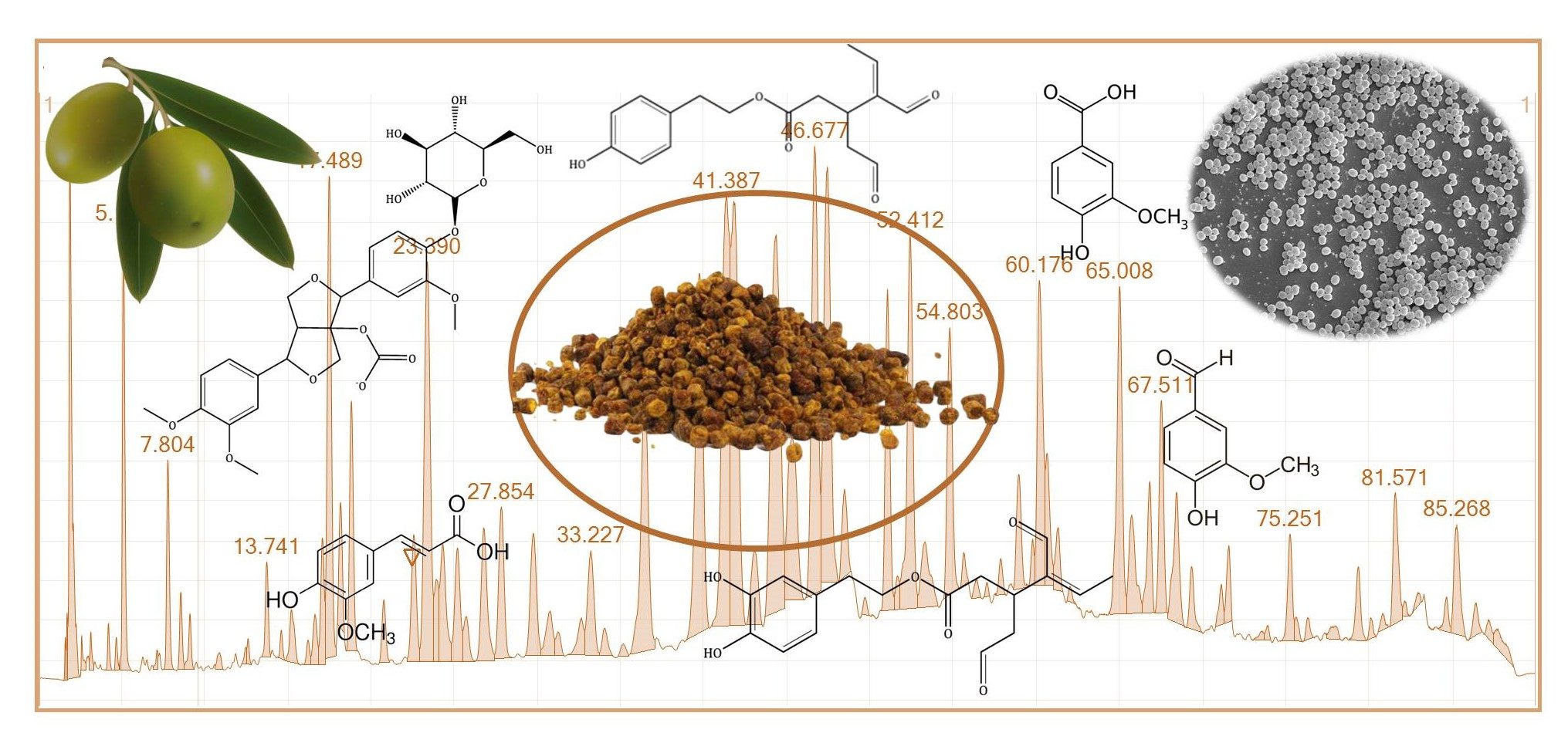Showcase of Nanomedicine Research at CIBERES Infectious Diseases Meeting
NANBIOSIS joins CIBERES meeting to foster collaboration in nanomedicine and infectious disease research, showcasing capabilities and innovations.
Zaragoza, march 2025. Last week, the CIBERES Infectious Diseases Program Meeting took place at the Centro de Investigación Biomédica de Aragón (CIBA), bringing together leading experts in respiratory infectious diseases to explore new research collaborations.
The event featured presentations from various CIBER research areas, including CIBERINFEC, CIBERESP, and CIBER-BBN, highlighting potential synergies in tackling infectious diseases. NANBIOSIS Director Ramón Martínez Máñez introduced the nanomedicine research lines, emphasizing the support on biomedical innovation.
Other key speakers included Roberto Hornero, who presented the Bioengineering research program, and María Rosa Aguilar, who showcased advancements in biomaterials for healthcare applications and presented the expertise of NANBIOSIS Unit 16 Surface Characterisation and Bacterial Colonization Unit, led by Marisa González at the University of Extremadura, who also participated in the session.
This meeting reinforced the commitment of NANBIOSIS and CIBER to fostering interdisciplinary collaboration in biomedical research, promoting innovative solutions for infectious disease treatment and diagnosis.
Prof. Ramón Martínez Máñez, professor at Universitat Politècnica de València (UPV), is the Director of NANBIOSIS and is leading, together with Prof. Salvador Gil, our Unit 26. This Unit is specialized in NMR, and can acquire unique metabolic profiles of biofluids, cell lines, tissues and animal models such as mice and rats.
For more updates on nanomedicine, bioengineering, and biomedical research, follow NANBIOSIS.
What is NANBIOSIS?
The goal of NANBIOSIS is to provide comprehensive and integrated advanced solutions for companies and research institutions in biomedical applications. All of this is done through a single-entry point, involving the design and production of biomaterials, nanomaterials, and their nanoconjugates. This includes their characterization from physical-chemical, functional, toxicological, and biological perspectives (preclinical validation).
In order to access our Cutting-Edge Biomedical Solutions with priority access, enter our Competitive Call here.
NANBIOSIS has worked with pharmaceutical companies of all sizes in the areas of drug delivery, biomaterials and regenerative medicine. Here are a few of them:
